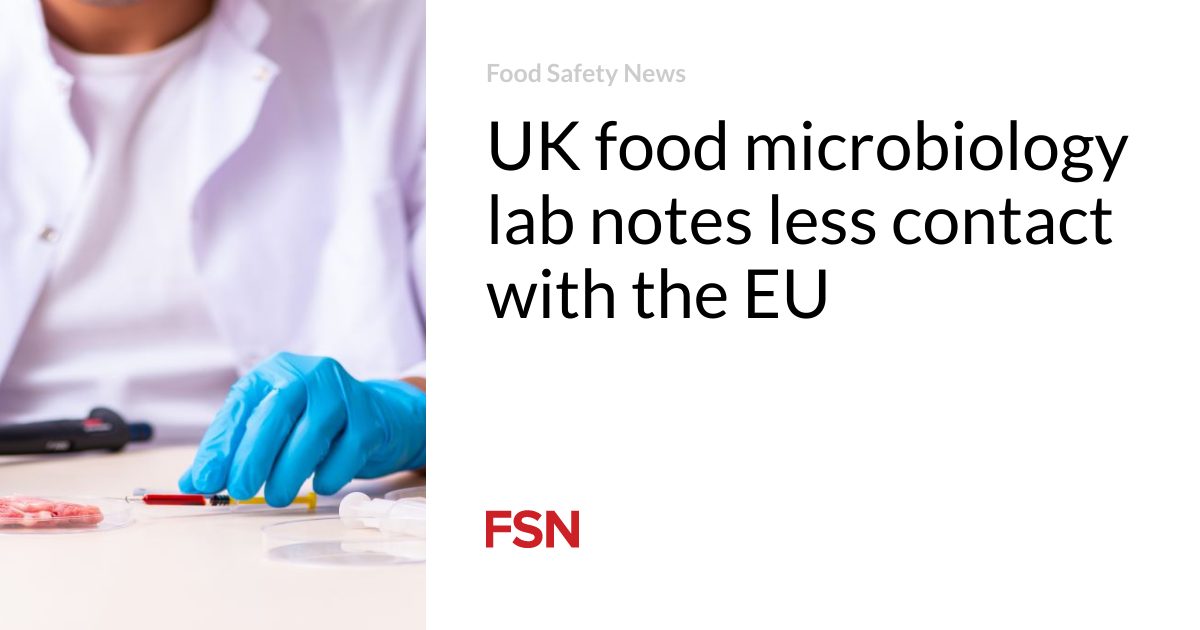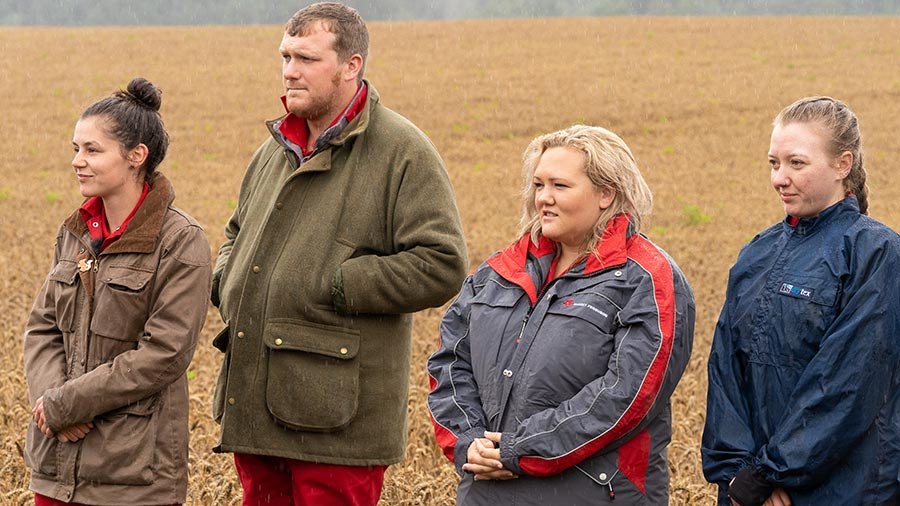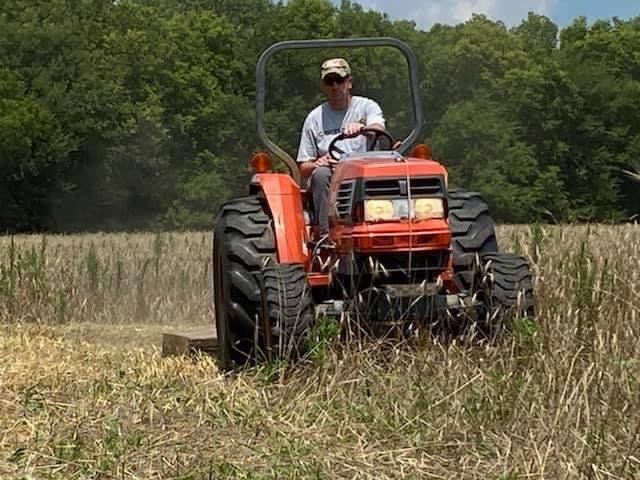- A major solution to fix aging infrastructure to adapt to climate change realities is building smarter – not bigger.
- When it comes to choosing the right technology to implement, we should look for solutions that offer monitoring, alerting, and reporting capabilities in a secure manner.
- “Smart solutions promise a brand new world in which climate change can be mitigated by the collective [by] capturing real-time data from energy, water and waste utilities, municipalities and organizations [to] find and implement solutions that alleviate climate change-related problems,” a new op-ed argues.
- This post is a commentary. The views expressed are those of the author, not necessarily Mongabay.
The United States is known for a “bigger is better” mindset, but when it comes to building an infrastructure that accounts for climate change, that attitude is outdated. The solution to fix aging infrastructure is actually building smarter – not bigger – especially when applied to adjusting and building infrastructure that supports climate change-resistant efforts.
Municipalities need to take action to help keep their towns and cities safe against major infrastructure failures like flooding. Climate change has impacted the water-carrying infrastructure in many ways, through both increased and decreased precipitation, higher sea levels and higher temperatures. Each scenario places significant stress on the current water network assets, which increases the risk of pollution and contamination risking public health and overall safety.
Up until now, there has been a lack of insight into the current state of infrastructure and in order to improve, it requires data that is collected, organized and used in a meaningful way. The current process requires utility crews to physically go into the field to collect the data and manage any issues firsthand, but the emergence of smart technologies advances data collection for climate change mitigation and replaces costly options like statistical gathering and census efforts. However, not all technology solutions are created equal.
When it comes to choosing the right technology to implement, districts should look for a solution that offers monitoring, alerting, and reporting capabilities in a secure manner. This provides facilities with the necessary tools to improve decision making and operations.
Building Smarter
Managing infrastructure is traditionally a manual process with field assets in remote places collecting data without the ability to transmit the data, requiring municipalities to send utility crews into the field to collect, transmit and organize the data. To create real improvement in the environment, the data needs to be measured where and when the problem occurs – in the field.
Over the past few years, smart technology has become one of the most important – yet most understated – technologies of the century. Put simply, smart technology is the connection of everyday objects to the internet to communicate between people, processes, and things. These devices, like thermostats, kitchen appliances, and even cars, share and collect data with minimal human intervention thanks to low-cost computing, the cloud, big data, and analytics.
Installing smart technology and edge devices that don’t require an internet connection to collect, transmit, and organize data gives utility operators the ability to make better decisions, anticipate problems and downtime for repairs, as well as plan for the future. The two can cooperate in painting a broader picture of energy and water usage, utility management, waste production, and more. This high-quality, reliable data is the key to unlocking new levels of efficiency and sustainability.
What Smarter Looks Like
Technology and data have never been more accessible. As a result, urban planning has more opportunities than ever to unleash its full potential by investing time and resources into collecting, monitoring and analyzing data that has never been collected.
- Data Collection: Data collection and monitoring is critical when modernizing infrastructure to increase organizational flexibility, agility, and resiliency and provide real-time insights on the system. Without proper monitoring in place, it is impossible to determine when there is a problem with a facility. It’s important to implement smart edge devices embedded with AI that integrate with the facility’s existing infrastructure. This way all the systems can be tied together in one place, therefore allowing them to be monitored more effectively. For instance, the city of Cincinnati sought to transform its sewer infrastructure from a 19th-century-era system to a smart sewer that was able to understand how the network operates under wet weather conditions and manage weak points. The collection of real-time flow, level, and precipitation data from remote locations made all the difference in the world; Cincinnati’s now dynamic sewer system can adjust appropriately to weather events based on real-time information.
- Data Management: A single platform can also manage the data and send alerts regarding any disruptions in the system. Facilities can set up automated alerts for when a triggering event occurs. For example, Cincinnati installed wavelet sensors to detect water levels and flows that provide remote alerts for potential flooding. Alerts are crucial in understanding how climate change is impacting the existing infrastructure and allowing facilities to better understand the issues that need to be addressed in order to reduce further damage and keep the community safe.
- Data Utilization: An important piece to the puzzle is using the data for reporting and analytics. Monitoring is a continuous process that begins before, during and after an event, alerting happens as the event unfolds, but reporting is critical in providing insights and allowing municipalities to better prepare for future climate change related events. Smart reporting can reveal trends that help facilities to act proactively against imminent weather events.

Smart solutions are already offering ways to support the fight against climate change and municipalities and organizations are already taking advantage of them. With a comprehensive solution, facilities can respond safely and effectively to any situation that arises – regardless of the weather.
Smart solutions promise a brand new world in which climate change can be mitigated by the collective. By capturing real-time data from energy, water and waste utilities, municipalities and organizations will be able to find and implement solutions that alleviate climate change-related problems. With so much data at our fingertips, embracing new technological possibilities and futures has never been more possible.
Ariel Stern is CEO and co-founder of Ayyeka.
See related coverage here at Mongabay:
LED lights could contribute to massive carbon reductions









![[Video] Swarm Farm Robotics Expands Autonomous Farming in Australia and Beyond](../ext/resources/Swarm-Farm-Robotics-Expands-Autonomous-Farming-in-Australia-and-Beyond.png)


![[Video] Electric Micro-Tractors and Robotic Platforms from Farm-NG](../ext/resources/Electric-Micro-Tractors-and-Robotic-Platforms-from-Farm-NG.png)

